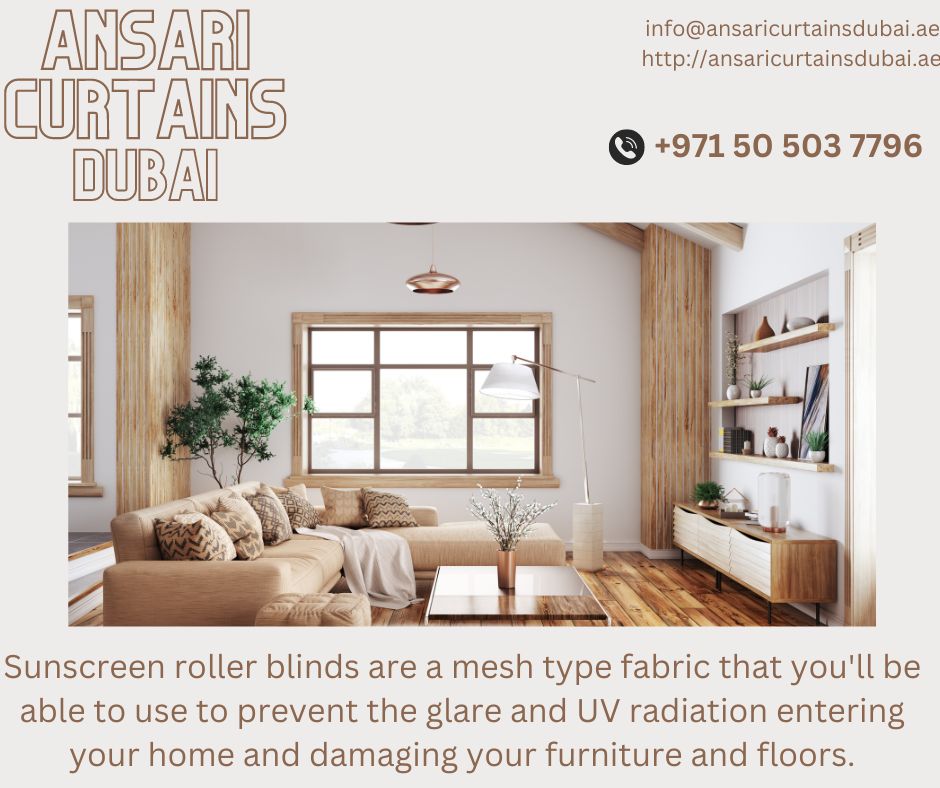What is the main purpose of blinds?
Wooden Blinds let you keep the sun out (and also stop internal light from escaping) which might mean the difference between you being able to sleep at night or not; or even the ability to see your TV screen for daytime viewing or not.
Introduction:
Blinds have been a popular window covering solution for decades, offering privacy, light control, and energy efficiency. One of the most stylish and sustainable options is used wooden blinds. In this article, we’ll explore the benefits of used wooden blinds, what to look for when buying them, and how to properly care for them to ensure they last for years to come.

Benefits of Used Wooden Blinds:
- Sustainable:
Used blinds are a great choice for those looking for a more sustainable window-covering solution. Not only are they made from a renewable resource, but by purchasing used, you are also giving new life to an existing product and reducing the demand for newly manufactured blinds.
- Durable:
Wooden blinds are known for their durability and are a great investment for those looking for a long-lasting window covering solution. When properly cared for, wooden blinds can last for years, making them a great choice for those looking for a more sustainable option.
- Style:
Used wooden blinds add a touch of warmth and natural beauty to any room. They come in a variety of stains and finishes to match any decor style, and can easily be dressed up or down to fit any design scheme.
What to Look for When Buying Used Wooden Blinds?
- Quality:
It is important to look for high-quality used wooden blinds that are free from cracks, chips, or signs of wear and tear. Be sure to inspect each slat carefully to ensure they are in good condition.
- Compatibility:
Before purchasing used wooden blinds, be sure to measure your windows to ensure they will fit properly. It is also important to check that the mounting hardware and brackets are included and in good condition.
- Style:
Wooden blinds come in a variety of stains and finishes, so be sure to choose one that complements your decor style. Consider the wood grain, color, and texture when making your selection.
Caring for Used Wooden Blinds:
- Dust Regularly:
Dust can build up on wooden blinds over time, so it is important to dust them regularly. Use a soft cloth or feather duster to gently clean each slat and prevent dirt and dust from accumulating.
- Avoid Moisture:
Moisture can cause wooden blinds to warp or crack, so it is important to avoid exposing them to damp conditions. Keep them away from sources of moisture such as bathrooms, kitchens, and windowsills.
- Clean Spills Immediately:
If a spill occurs, clean it up immediately to prevent staining. Use a damp cloth to wipe down each slat, being careful not to soak the wood.
- Store Properly:
When not in use, store wooden blinds in a cool, dry place. This will help to prevent warping and cracking, and ensure they are in good condition for years to come.

Conclusion:
Used blinds are a great choice for those looking for a more sustainable and stylish window covering solution. With their durability, natural beauty, and versatility, they are sure to add value to any home.
When shopping for used blinds, be sure to look for high-quality products, check compatibility with your windows, and choose a style that complements your decor. Proper care and maintenance will help to ensure your used blinds last for years to come.
FAQS:
What are wooden blinds called?
To keep things simple, we will call them aluminum blinds, or blinds for short. At the top of any Venetian blind is the headrail where the control mechanism is housed.
What are wooden blinds made of?
Real wood Venetian blinds are made from basswood. Basswood is typically from North America and looks great thanks to its evenly textured grain – it’s used all over the world for a huge number of things, such as guitars, drums, canoes, and (you guessed it) blinds.
What is blind in interior design?
A roller blind is basically a stiff fabric wound onto a (usually) wooden roller, which incorporates a spring mechanism so that the blind can be raised or lowered to any position and then released to recoil to its top rolled-up state.
How do you design for the blind?
Accessible Design Techniques:
- Do not rely on color alone to denote information.
- Foreground (text) and background colors must provide enough contrast to allow color-blind users or those using a monochrome screen to view information.
- Use additional cues or information to convey content.




